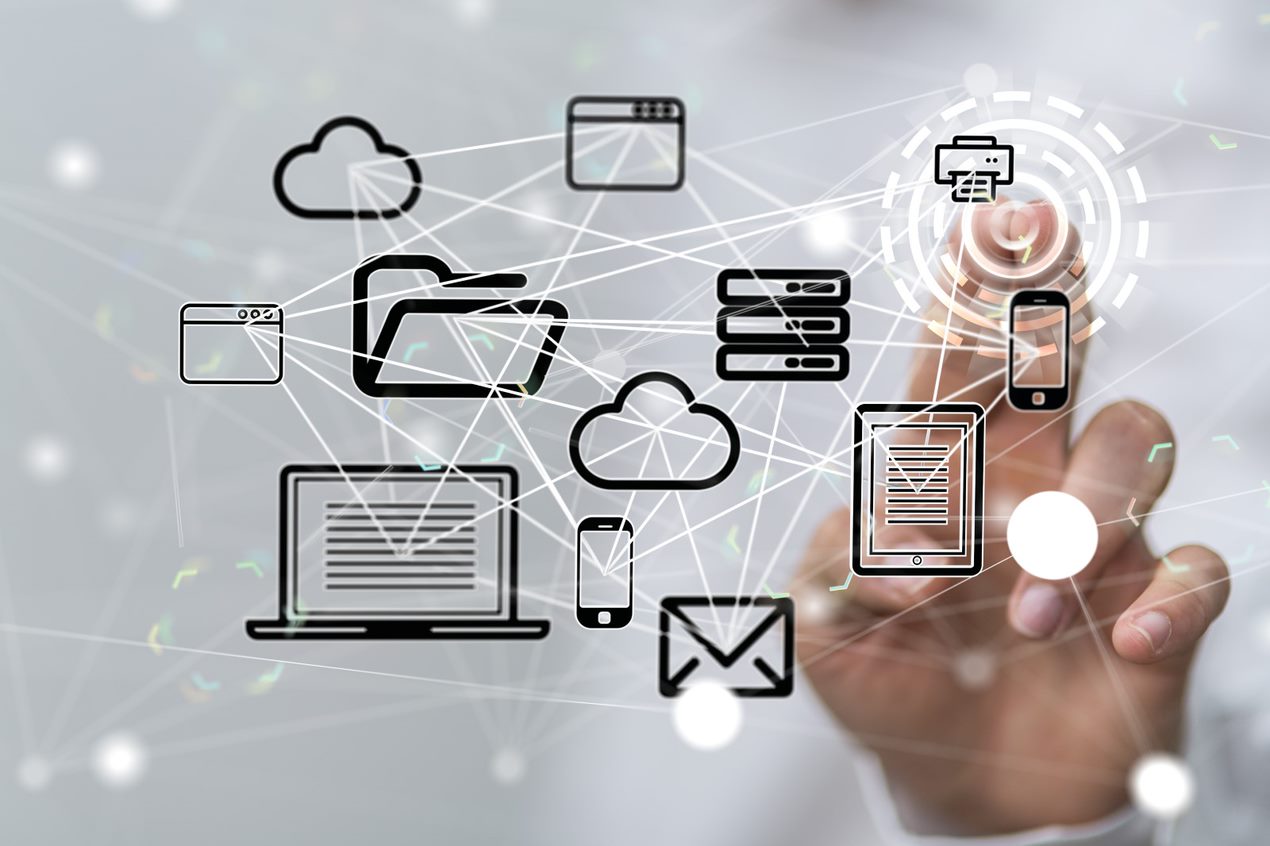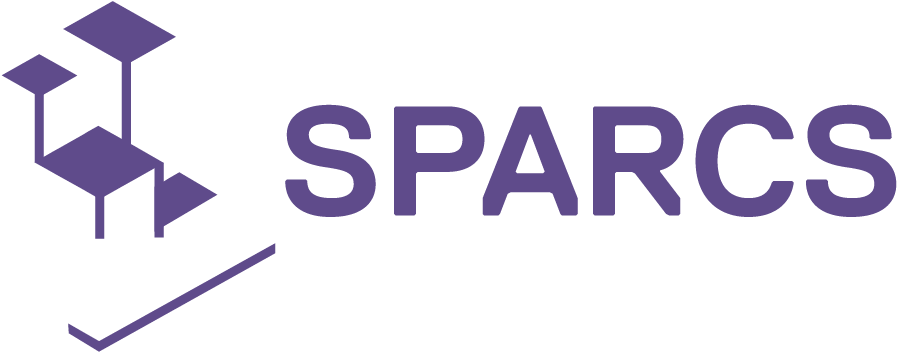Across system boundaries: Leipziger Stadtwerke tests holistic energy data management
The city of the future is a smart city: intelligently networking, efficiently managed and sustainable. For energy, this means: in order for the sectors involved (i.e. the energy sector, e-mobility service providers and users, electricity producers and consumers) to interact in a coordinated manner, they must be able to exchange data and information in an automated and real-time manner. And this even if they work with different digital systems. This requires interoperability, i.e. the ability to work together as seamlessly as possible across system boundaries. Which standards and technologies can be used to achieve interoperability, which advantages they each have, and what particular attention must be paid to in their application – this was investigated by the Leipziger Stadtwerke as part of the SPARCS work package “Virtual Power Plant”.
In concrete terms, the aim was to implement a virtual power plant (VPP) in the sense of an overall energy (data) management system, in which different SPARCS projects and applications can be digitally integrated. The purpose of the system is to accelerate and automate data collection and management, on the one hand, and the decision and control processes based on it, on the other. The aim is to make the most efficient and coordinated use of the energy resources available in the network.
For this purpose, it is not only the individual decentralised producers and the applications for consumption control that must be involved. The system architecture of the VPP itself requires the integration of various technologies within the digital platform. Last but not least, the VPP must be able to access control-relevant data from external sources.
In order to achieve interoperability, the SPARCS project team relied exclusively on open-source programs and highly standardised technologies and protocols. This is because it is only with the help of free standards that are universally and widely usable that it is possible to integrate such a large number of heterogeneous devices and systems into the VPP – especially in view of the large amounts of data and the high transmission frequency required. In addition, open-source technologies allow for a continuous check for vulnerabilities and errors. This maximises the level of data integrity, security, and system availability.
Interoperability is always the result of cooperation between many stakeholders. As part of the VPP work package, these were the following external companies and institutions: cenero Energy GmbH, WSL (Wohnen und Service Leipzig GmbH), the Digital City Unit of the City of Leipzig, the analytics company Suite5, the University of Leipzig, seecon Ingenieure GmbH and Fraunhofer IAO.
Overview of all protocols, standards and technologies used:
E-mobility area:
Here, the Open Charge Point Protocol (OCPP) was used for automated control of charging operations. It defines a standardised communication interface between the charging stations and the central backend. ADVANTAGE: OCPP ensures communication regardless of model or manufacturer and as an open-source software allows operation without external service providers. IMPORTANT: In order to ensure maximum interoperability, it is important to carefully consider which versions of the protocol and interfaces are used to transmit all necessary information. Since many different scenarios, applications and products are conceivable, the IT must also be able to be developed further in a flexible way.
Internet of Things area:
- LeipzigZero/smart socket: Here, the Message Queuing Telemetry Transport (MQTT) protocol was used for the local control of the smart sockets. ADVANTAGE: With MQTT, data can be exchanged between different devices and systems, regardless of platform or programming language. IMPORTANT: Connection security and data integrity must be guaranteed. A reliable QoS level protects against data loss and duplicate data sets. The real risk of a “hostile takeover” from the public internet when changing users made an additional service area in the backend necessary.
- Urban cockpit: Here, the LoRaWAN protocol was used to integrate sensor data from the field of application, e.g. for particulate matter, traffic flows, etc. ADVANTAGE: With LoRaWAN, data can be transmitted over long distances in an energy-saving manner – even between different devices and systems within an IoT network. IMPORTANT: For the densest possible network with good coverage, a well thought-out placement and configuration is indispensable, whereby above all the range is to be calculated correctly.
- L-Box: Here, Revolution PI was used to integrate local plants such as CHP plants, PV plants and district heating stations. ADVANTAGE: As an open industrial computer, Revolution PI allows different devices and systems to communicate, regardless of the underlying hardware or infrastructure. IMPORTANT: The roll-out requires a solid test strategy, in particular the devices must be calibrated correctly.
Digital platform area:
- For connecting external data streams from external energy management systems to the VPP, REST API interfaces were used. ADVANTAGE: With this, data can be exchanged between different applications and systems, regardless of platform or programming language. IMPORTANT: For secure and reliable communication, API must be well documented and it is essential to take into account the security requirements.
- As a uniform basis for the implementation of all applications or services of the VPP, Kubernetes was chosen. ADVANTAGE: This open-source platform allows applications to run on cloud platforms and servers, regardless of the underlying infrastructure. IMPORTANT: The right tools and know-how are crucial for the correct implementation. Once thoroughly planned and prepared, downtime can be minimised and effective scaling achieved.
- For the storage, management and provision of high-resolution telemetry data for the VPP from various sources, InfluxDB was used. ADVANTAGE: As an open-source time series database, it can save and provide data from very different systems, so that only this one database is needed. IMPORTANT: A prerequisite for a fast and efficient data query is the correct modelling and indexing of the data.
- To connect sensor and IoT data to the VPP, Apache Kafka was used. This distributed streaming platform allows streaming data to be processed in real time. ADVANTAGE: With Apache Kafka, applications and systems can share data in real time, regardless of the underlying infrastructure. IMPORTANT: The system’s scalability must be large enough to accommodate the amount of data expected. And at all times data integrity and security must be assured. To ensure effective data processing, it is advisable to plan and prepare the use of Apache Kafka comprehensively. In order to make the system more reliable and to minimise downtime, a sound monitoring strategy is advisable, taking into account all aspects of security.
AI / machine learning area:
- PyTorch was used for the prediction of energy production and consumption by the VPP. ADVANTAGE: This open-source library for Python allows machine learning models to be run on different platforms, regardless of the underlying hardware or infrastructure. ADVANTAGE: In order to keep up with the dynamics in research on AI and prediction models, open-source framework (in particular based on Python) is better suited than manufacturer-specific black box models from commercial suppliers.
- To manage the predictions of energy production and consumption, MLflow was used. ADVANTAGE: With this open-source platform for the management of machine learning models and experiments, models can be executed regardless of platform and environment. IMPORTANT: The models must be well documented. If the code in the models was not written according to standards, this leads to problems with the replicability of the models.

